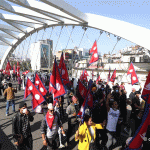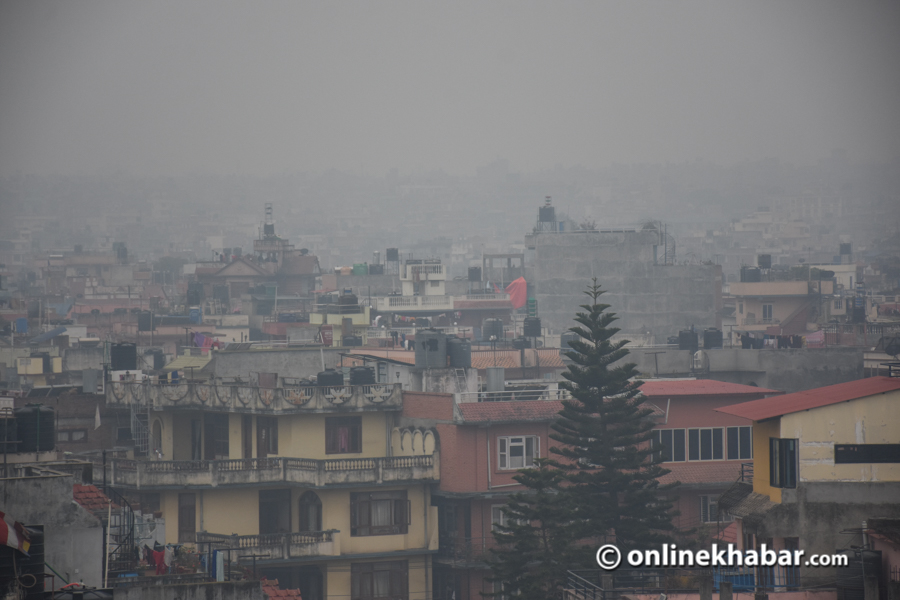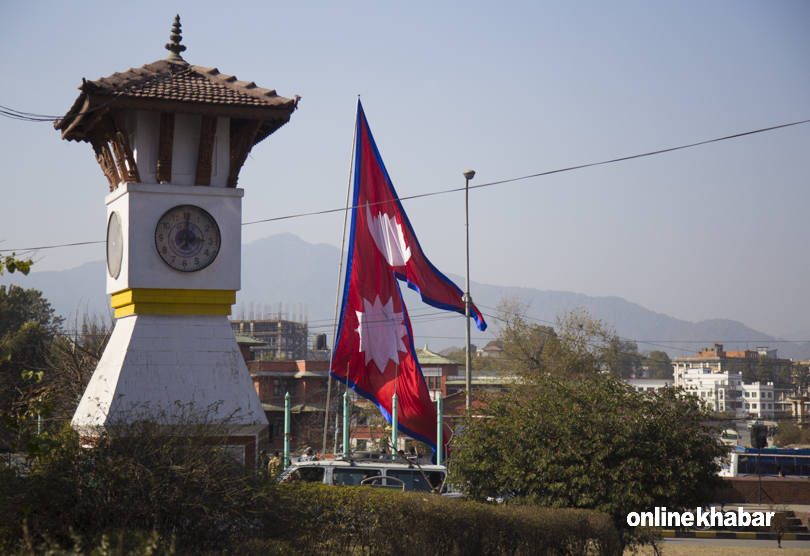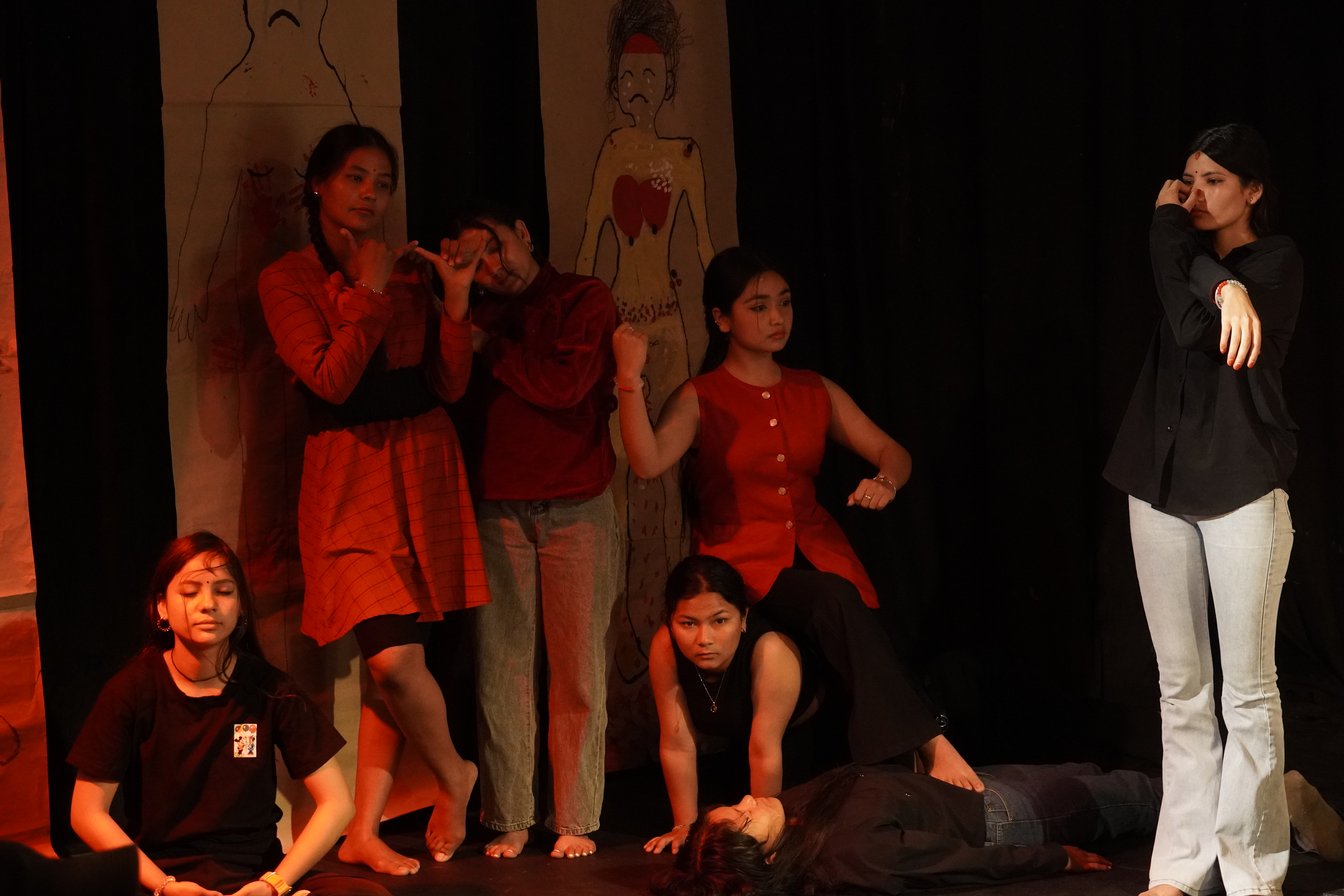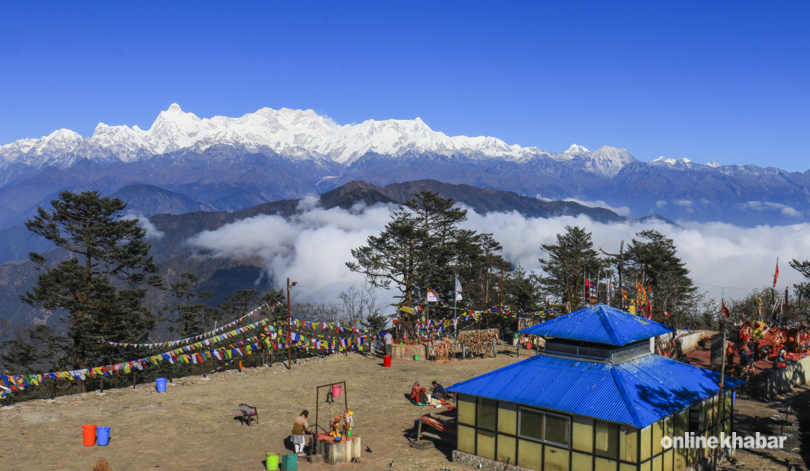
On January 25, police opened fire in Phungling Municipality-11, Pathibhara, Taplejung, resulting in serious injuries to two individuals. Both injured were No Cable Car Group members, protesting against the construction of a cable car in the area.
Since then tension has been escalating in the area. Following what they called “police suppression,” the activists opposing the cable car announced an indefinite strike in Taplejung and its entry points starting January 28. The strike has disrupted four-wheeled vehicular movement.
Besides locals, netizens from different parts of the country have also been protesting against the cable car project.
In this write-up, Onlinekhabar presents various facts about the cable car project, offering readers a comprehensive understanding of the developments taking place in Pathibhara.
About cable car project
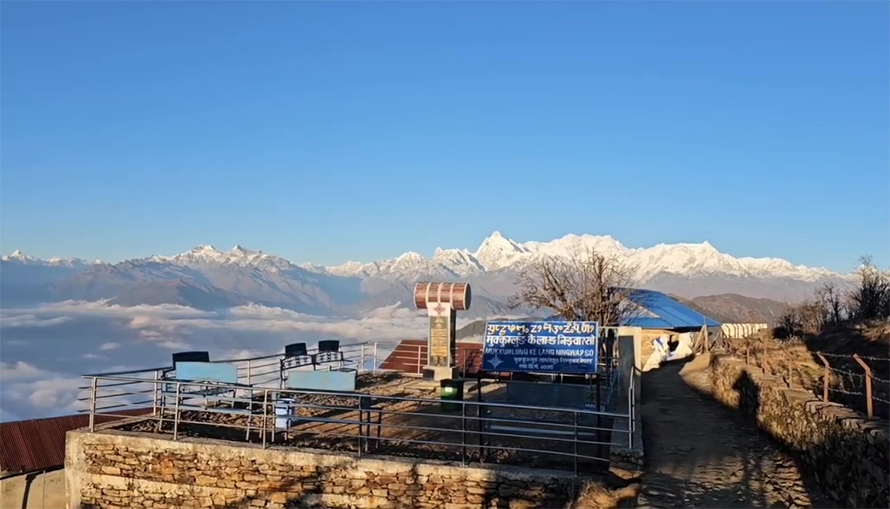
The company behind the project, Pathibhara Darshan Cable Car Pvt. Ltd., is funded by prominent businessman Chandra Dhakal. The government approved the project in 2018. Known as the Mukkumlung Cable Car, this initiative is part of a recent push in Nepal to develop ropeways to generate tourism revenue from scenic natural locations.
Reportedly, Dhakal has also proposed cable car projects in protected areas, including the Annapurna Conservation Area.
However, the 3-billion-rupee project has remained stalled due to protests by residents.”
Reason behind protest
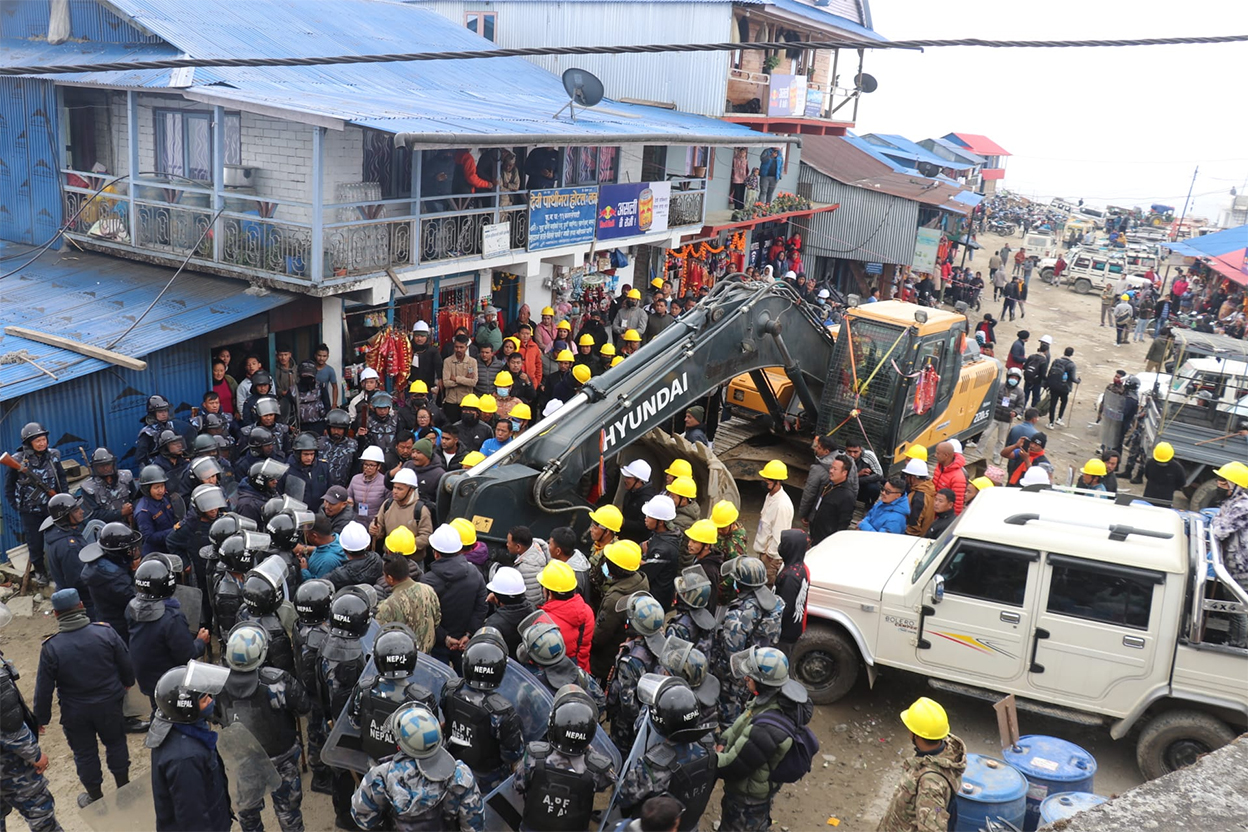
While the project is touted as a development initiative for Nepal’s transportation sector, it has sparked widespread protests. Pathibhara, a popular pilgrimage destination for Hindus, is seen by the government as a potential boost for religious tourism. However, the project has faced strong opposition from the Limbu community, who revere the site as sacred within their Mundhum tradition—a powerful ritual practice that emphasizes the sanctity of nature. The installation of the cable car would require significant deforestation, raising concerns that it could undermine the spiritual integrity of the site, which holds deep cultural and religious significance for the Limbu people. This clash highlights the tension between development goals and the preservation of indigenous cultural and spiritual heritage.
Thousands of trees have already been cut for the project, leading to criticism from environmental and climate activists.
Voice of the protestors
The protesting side has stated that the demonstrations will continue unless their demands are addressed. Their demands include halting the construction of the cable cars and withdrawing the heavy security presence deployed in the area. Additionally, the protesters are calling for action against those responsible for opening fire on January 25 and demanding compensation for the injured.
The protesters also claim that three individuals have been falsely accused and arrested by the police, and they are demanding their immediate release.
The Mukkumlung Conservation Joint Struggle Committee, a group protesting against the cable car project, has stated that if their demands are not addressed by February 1, they will initiate strikes across nine districts, including Sunsari, Jhapa, Morang, Dhankuta, Terathum, Sankhuwasabha, Taplejung, and Illam.
Shree Lingkhim, Coordinator of the Mukkumlung Conservation Joint Struggle Committee, says, “The government’s disregard for our voices reflects its tyranny and undemocratic nature. In the name of development and tourism promotion, they are attacking our religion and beliefs.”
He further adds that the cable car project will take away jobs from porters and negatively impact the hotel business.
While the provincial government has called for a meeting with the protesters, the committee is reluctant to engage, as they believe the provincial government lacks the authority to halt the cable car project.
“We will only hold meetings with the central government,” says Lingkhim.
According to Lingkhim, the site chosen for the cable car project does not require tourism promotion; instead, it needs cultural preservation, as it is a sacred place where people come to worship.
“There are other locations in Taplejung where a cable car would be more appropriate, and the government could consider installing one in those areas instead.”
Voice of the government
The government side strongly contradicts the claims of the protesting side.
Amir Maden, Mayor of Phungling Municipality, says, “In the name of religion, pro-identity activists are politicizing the issue in Pathibhara. Ninety-nine per cent of the locals support the cable car project. The pro-identity activists, who are not from Taplejung, are paying people to join the protests”
The government believes that the cable car will boost tourism and the economy of Taplejung. It will also make the area more accessible to elderly and disabled people.
Mayor Maden accuses some pro-identity activists of having a vested interest in the monetary offerings collected by Pathibhara Temple. He claims they even sought control over these offerings and filed a case to that effect.
“Since they failed to gain control over the temple’s monetary offerings, they are now retaliating by creating issues around the cable car construction,” says Maden. “ These people are enemies of development, and action should be taken against them. They do know about the history of Pathibhara.”
Regarding the police opening fire, Maden states that it was done in self-defence, as the police were compelled to take such action.
Meanwhile, Maden urges the central government to hold a meeting with the protestors and resolve the issue as soon as possible.







